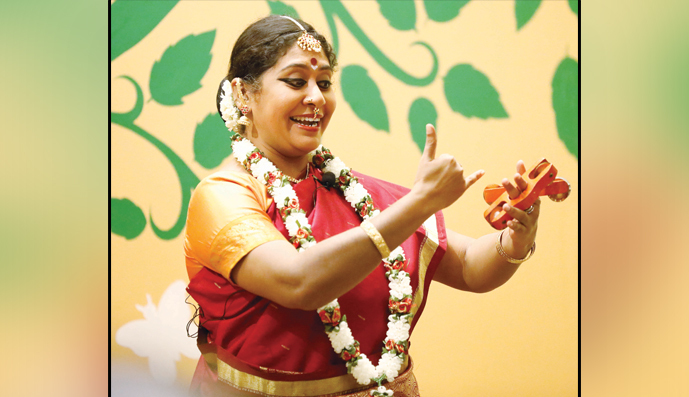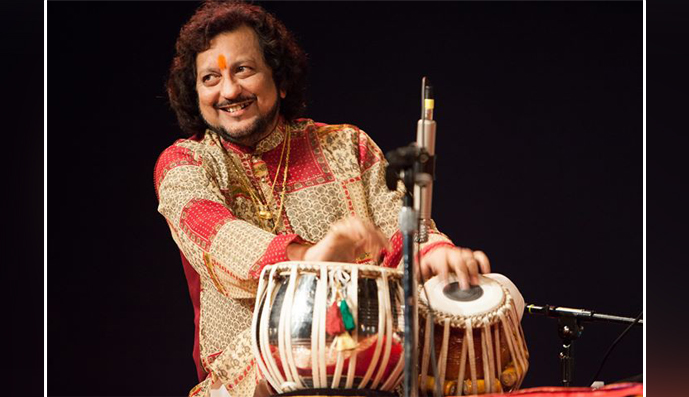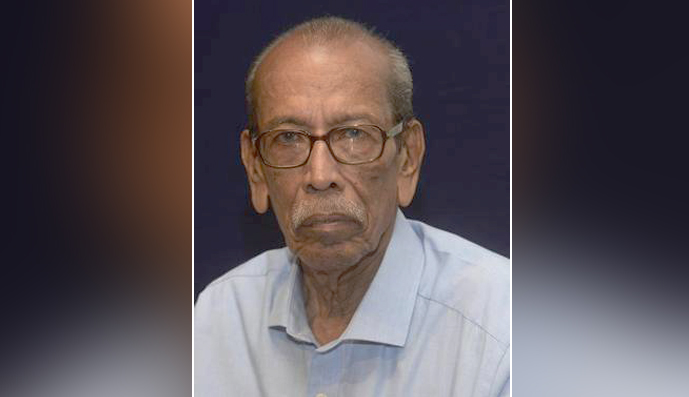The music and personality of S. Rajam made a great impression. It is not possible to separate music and his nature. He was blessed with an enviable voice while very few male singers from Tamil Nadu have a melodious voice. From the panchama in the mandra sthayi to the tara panchama, he had a voice of uniform evenness and steadiness. He did not croon, nor did he use a false (head?) voice. His voice production was clean. It is common for musicians to set some musical preferences for themselves. The thrust among Carnatic musicians is usually on the madhyama kala or medium tempo. Gamakas like kampita, jaru and vali characterise the melodic line in abundance, but in their performances, we do observe a fundamental incompatibility between the kalapramanam and the gamakas. In other words, when there is an acceleration from the madhyama kala to the druta kala, the gamakas are intensified instead of being sobered up, resulting in a kind of melodic jarring and confusion.
The 18th Natya Darshan Conference called Kadamba—the flowering path, conducted by Kartik Fine Arts was conceptualised and curated by senior Bharatanatyam dancer-teacher Priya Murle. The two-day conference and a number of pre-events brought forth the importance of understanding the roots of the dance form and its evolution over the decades in order to serve as a guide through the present and the future. To quote from the curator’s note, “It was an attempt to follow its creative bloom in a period of change, ushering artists and audiences alike to question”. “What next?” The variety of pre-events conducted at various locales in Chennai were carefully designed to weave in associated art forms like storytelling, poetry, sculpture, and painting. They provided opportunities to dancers and art aficionados to explore and discuss the myriad hues of the dance form and its relationship with other arts. A beautiful coming together of music and storytelling was the kathakalakshepam on the history of dance presented by Sasirekha Balasubramanian.
Born in 1954, Kumar Bose hails from Kolkata. His musical journey began under the guidance of his parents who were well versed in music—tabla artist Biswanath Bose and sitarist Bharati Bose. He embellished his tabla playing under the tutelage of maestro Kanthe Maharaj, and later mastered it as a student of tabla wizard Kishan Maharaj of the Benaras gharana; he is one of his finest disciples. Among the foremost tabla players today, Kumar Bose has been acclaimed as an outstanding soloist, and has worked steadily to acquire an individual style. He has two solo tabla albums to his credit—Drums of India (HMV), and Dynamic Tabla Solo (Senseworld Music, U.K.)—besides numerous recordings as accompanist. His uncanny ability to complement made him a popular accompanist for Hindustani music maestros like Ravi Shankar, Vilayat Khan, Amjad Ali Khan and Shivkumar Sharma. In a career spanning almost six decades, he has performed at prestigious venues like the Royal Albert Hall, London and the Kremlin Palace, Moscow. Kumar Bose has also received training in vocal music, harmonium, pakhawaj, khol, dhol, naal, and some Western drums. He was the assistant music director of Mrinal Sen’s film Genesis with Pandit Ravi Shankar as the music director.
Some call him a karma yogi. Some describe him as a sahridaya. A Gandhian, with his simple living and high thinking. Poet Vaideeswaran compared him to an iceberg, submerging seven eighths of his awesome persona. All agree that he was a great human being. Viswanathan aka Charukesi, the writer, translator, journalist, speaker and critic of the performing arts, passed away on 30 January (Martyrs Day) 2019, leaving a void in several fields. A bachelor all his life, he had the largest family—his own kith and kin and a wide circle of friends—for whom he cared deeply. A senior executive of Pfizer—a leading pharmaceutical company, he was better known as a bilingual writer, translator, speaker and journalist.
CONTENTS Vol. 26 Issue 3 March 2019
6 News & Notes
12 Birthday calendar
14 Centenary
tribute v S.
Rajam
24 The
Season 2018-19
v Kadamba
v Natya
Kala Conference
33 Interview v Kumar
Bose
38 Institution v Nalanda Dance Research Centre
46 Tribute v Charukesi
50 First
person v In the quest for Rama
54 Bookshelf
58 From the
Editor
Front Cover: S. Rajam and his paintings






